Use Johnstone’s triangle to help learners explore the three states of matter
-
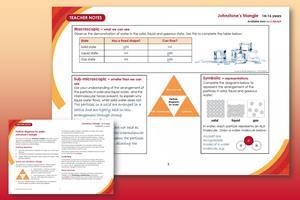
Download this
Johnstone's triangle worksheet, for age range 14–16
Use this student worksheet to introduce particle diagrams of water at three different conceptual levels based on learners’ observations.
View and download more Johnstone's triangle worksheets
Learning objectives
- Describe macroscopic properties of water as solid, liquid and gas.
- Draw particle diagrams to represent solids, liquids and gases.
- Explain differences between solids, liquids and gases using particle diagrams.
How to use Johnstone’s triangle
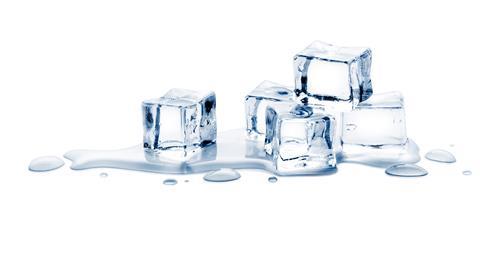
Use Johnstone’s triangle to develop learners’ thinking about scientific concepts at three different conceptual levels:
- Macroscopic: what we can see. Think about the properties that we can observe, measure and record.
- Sub-microscopic: smaller than we can see. Think about the particle or atomic level.
- Symbolic: representations. Think about how we represent chemical ideas including symbols and diagrams.
For learners to gain a deeper awareness of a topic, they need to understand it at all three levels.
When introducing a topic, do not try to introduce all of the levels of thinking at once. This will overload working memory. Instead complete the triangle over a series of lessons, beginning with the macroscopic level and introducing other levels, in turn, once secure.
All of the levels are interrelated, for example, learners need visual representation of the sub-microscopic in order to develop mental models of the particle or atomic level.
Further reading
Read more about how to use Johnstone’s triangle in your teaching with these articles:
- Develop deeper understanding with models
- Improve students’ understanding with Johnstone’s triangle
- Practical ideas for using Johnstone’s triangle
Norman Reid’s book The Johnstone Triangle: The Key to Understanding Chemistry provides a more in-depth overview, the first chapter is available to read online.
Scaffolding
It is important to share the structure of the triangle with learners prior to use. Tell them why you want them to use the triangle and how it will help them to develop their understanding. Use an ‘I try, we try, you try’ approach when you are introducing Johnstone’s triangle for the first time.
Downloads
Particle diagrams Johnstone's triangle student worksheet
Handout | PDF, Size 0.25 mbParticle diagrams Johnstone's triangle teacher notes and answers
Handout | PDF, Size 0.37 mbParticle diagrams Johnstone's triangle student worksheet
Editable handout | Word, Size 0.59 mbParticle diagrams Johnstone's triangle teacher notes and answers
Editable handout | Word, Size 0.75 mb


























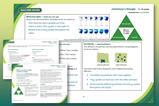
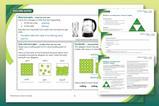
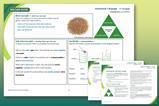



No comments yet